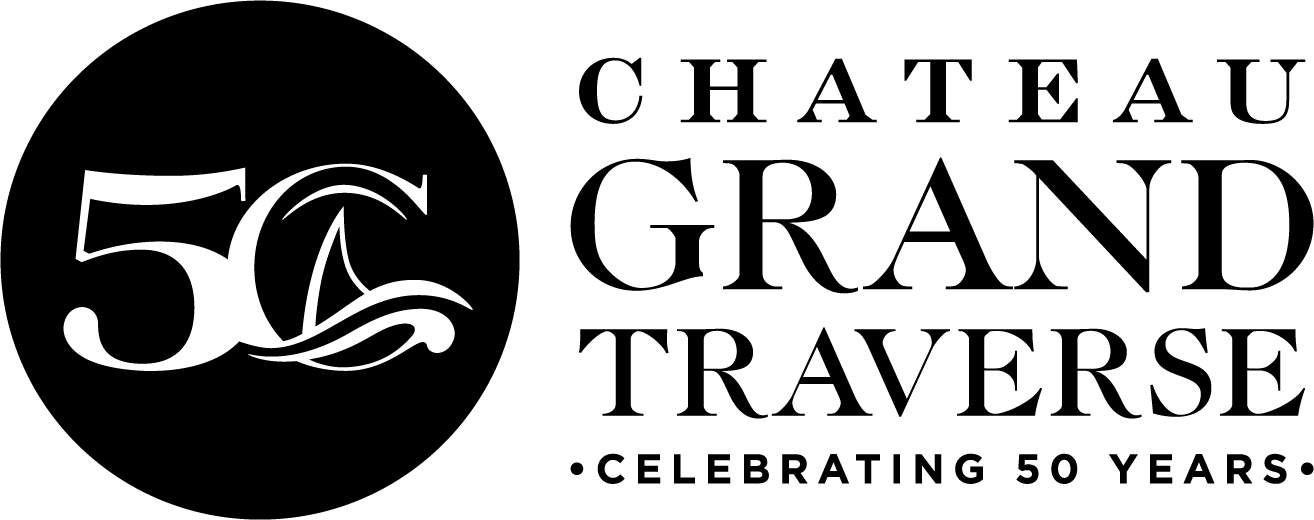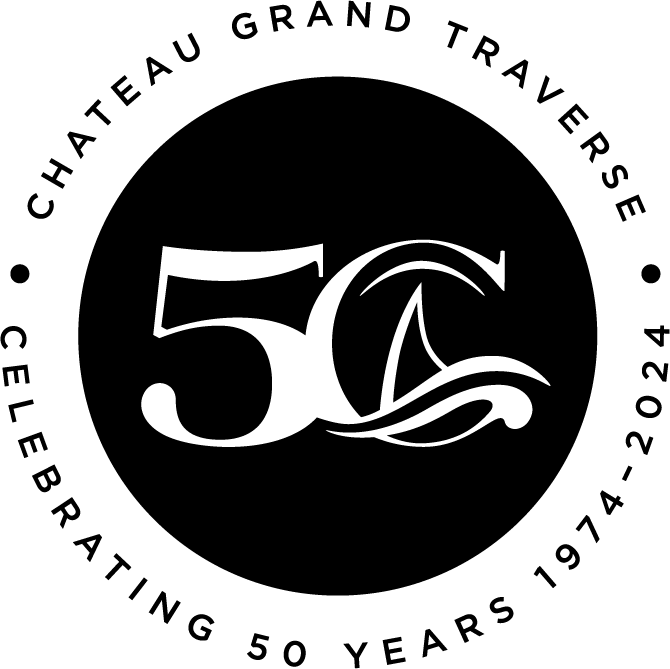Sugar and Carbs in Wine – How Much Sugar Is in Wine? | CGT
Sugar and Carbs in Wine
If you enjoy a lovely glass of Chardonnay like us, you’ve probably asked yourself, How much sugar is in a glass of wine? And for that matter, What is the amount of carbs in wine?
While sugar and carbs do vary by type and variety, you’d be pleased to hear that it’s probably less than you think!
How many carbs in wine?
The average glass of wine (approximately 5oz) has anywhere from 0-4 grams of carbohydrates.
The carbs vary from wine to wine based mostly on the residual sugar – the unfermented natural sugar from the grapes left in the wine for you to taste. Sweet wines have more residual sugar; dry wines have less, sometimes virtually none.
Also known as RS, residual sugar is measured in grams per liter (g/L) and contributes to the sweetness and carb content of the wine.
When it comes to sweetness, wine is labeled dry, semi-dry, semi-sweet, and sweet – from least to most sugar (and carbs) content.
Carbs in red wine
Red wines tend to be dry. There are some popular sweet reds, but most bottles of red you see at retail are dry or semi-dry.
Our 2016 Cabernet Franc Reserve has an RS of 2 g/L (very little!) and 0-0.6 carbs per serving. This is a wine low in sugar and, therefore, low in carbs.
On the other end of the red spectrum is Select Sweet Traverse Red. This popular sweet-tasting wine we make has an RS of 40 g/L and around 20-70 carbs per serving.
Carbs in white wine
On average, whites tend to be sweeter than reds. That is, sweet white wines are more in demand than sweet reds. Having said that, dry whites are extremely popular and a white and red with the same residual sugar content will have roughly the same carb content. Whites are not inherently more caloric than reds.
A dry white such as our 2018 Dry Riesling has an RS of 6 g/L and 0-10 carbs.
A sweeter white such as our Select Semidry Riesling contains an RS of 28 g/L and 40-70 carbs per glass.
Carbs in dessert wine
Finally, a dessert wine will have the highest RS and carb content. Our 2016 Riesling Ice Wine, for example, has an RS of 122 g/L and upwards of 70 carbs per glass (whew!). But many dessert wine drinkers enjoy pours that are smaller than 5oz since the wine is much sweeter and richer.
How Much Sugar Is in Wine?
Everything we’ve learned about carbs in wine translates to how much sugar is in a glass of wine. A good rule of thumb is that if the wine is sweeter, it’s going to have a higher amount of sugar, carbs, and calories.
That said – most wines have a relatively low sugar and carb amount per serving, making wine a great choice for indulgence.
Come visit us at Chateau Grand Traverse and enjoy all the delicious reds, whites, sweet, and dry wines we have to offer!


